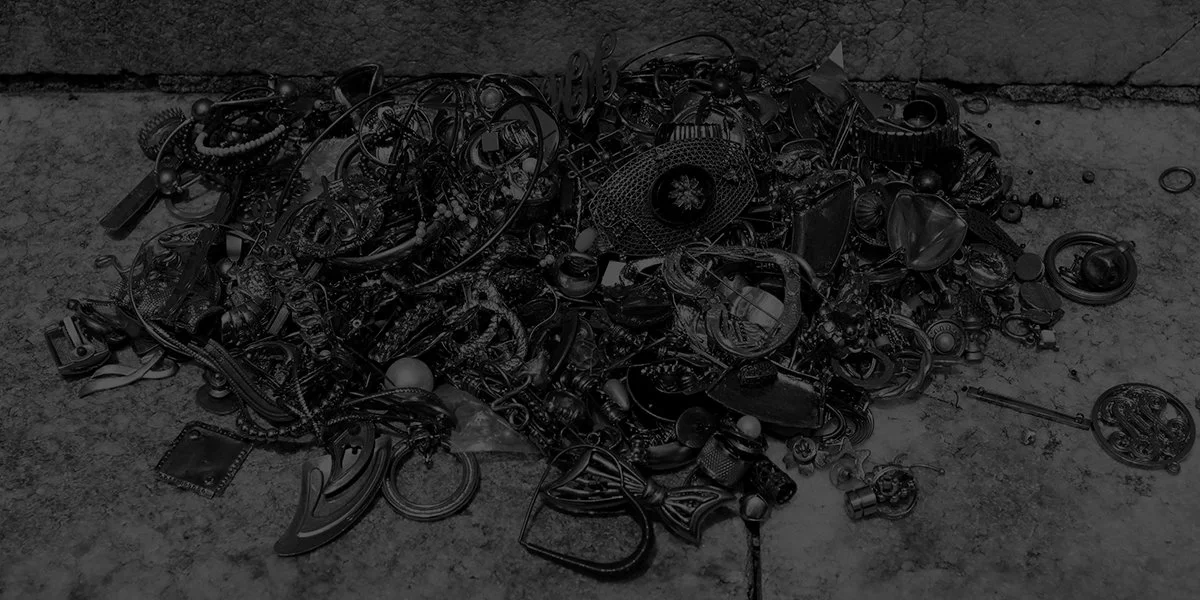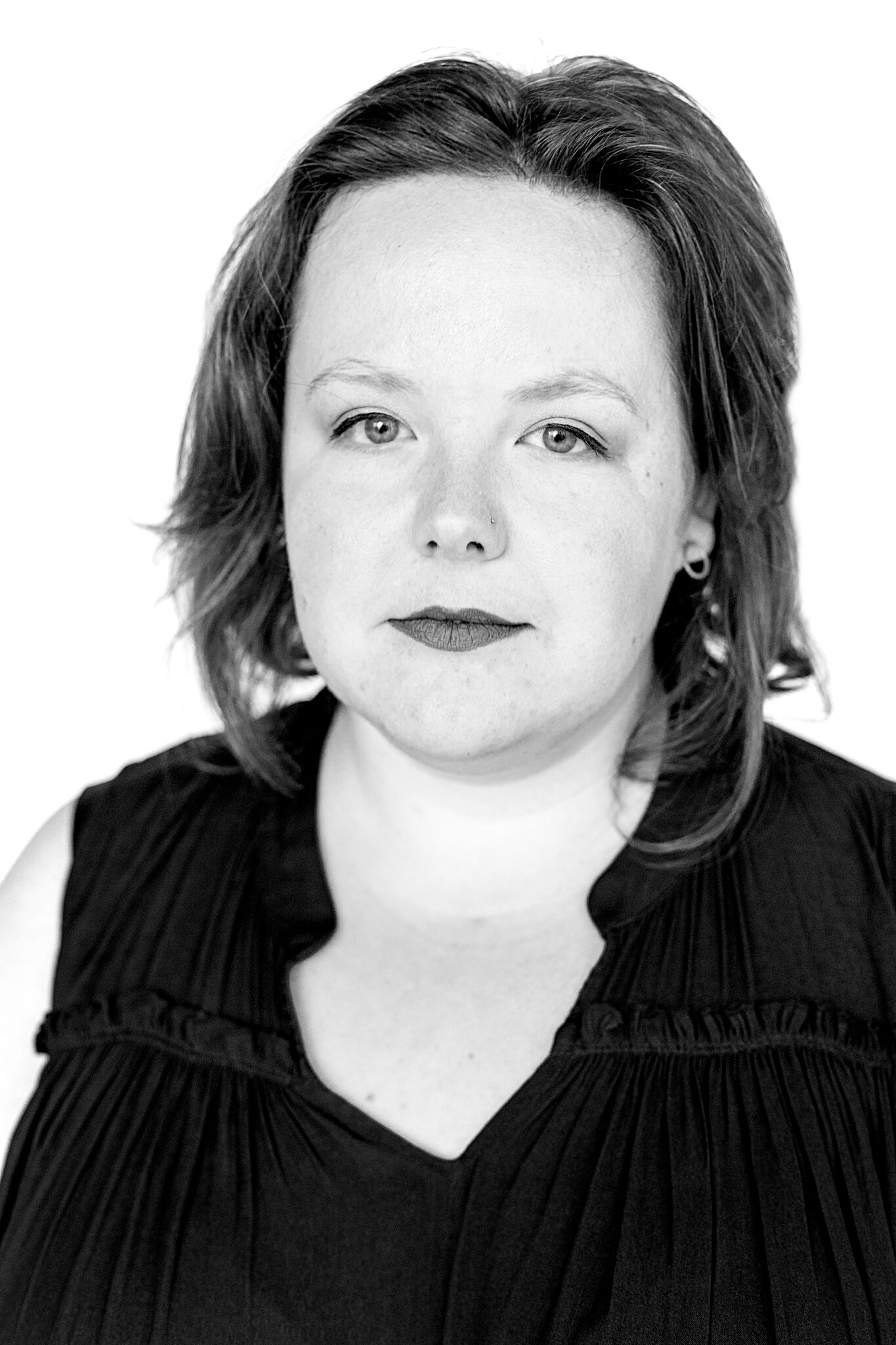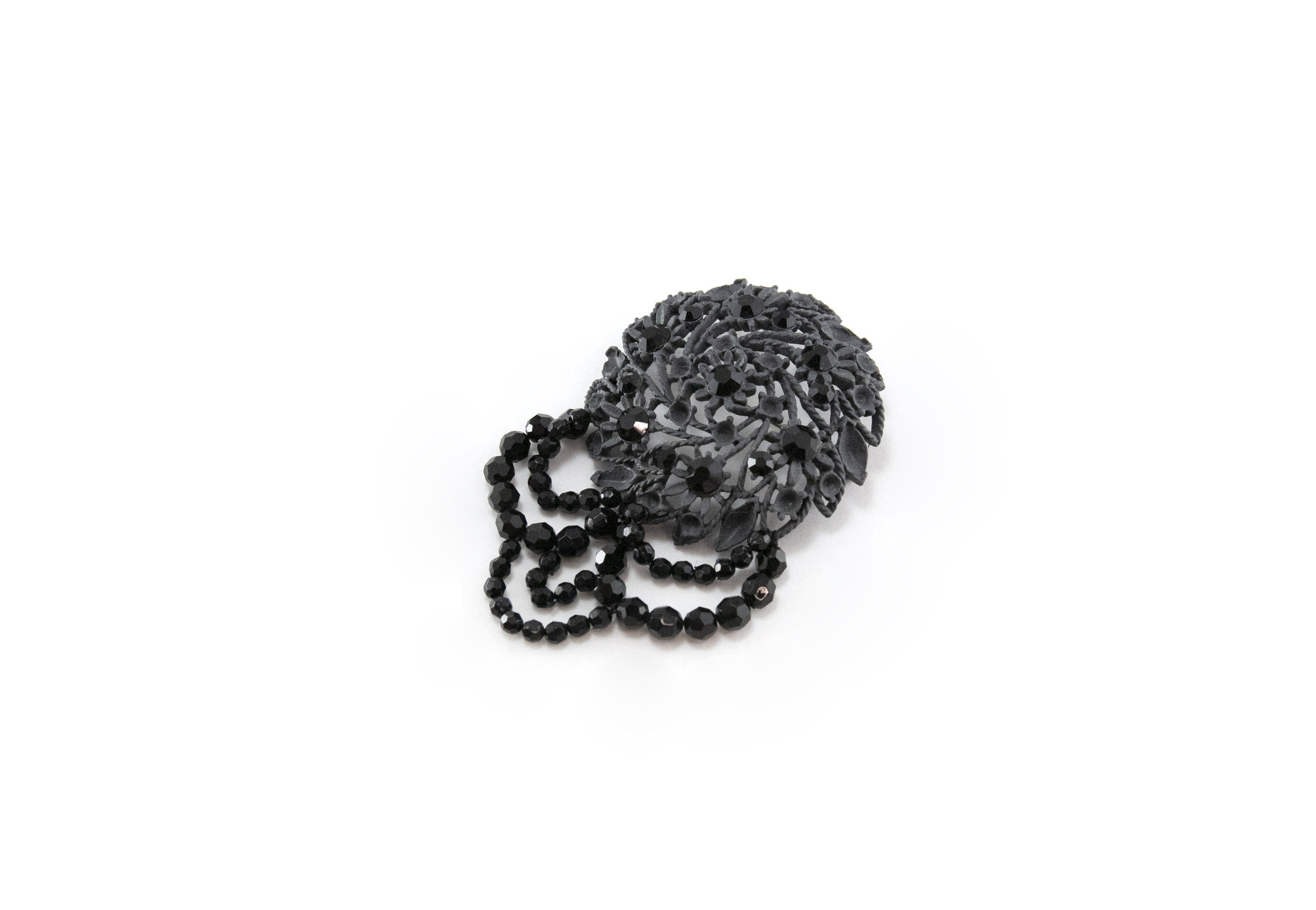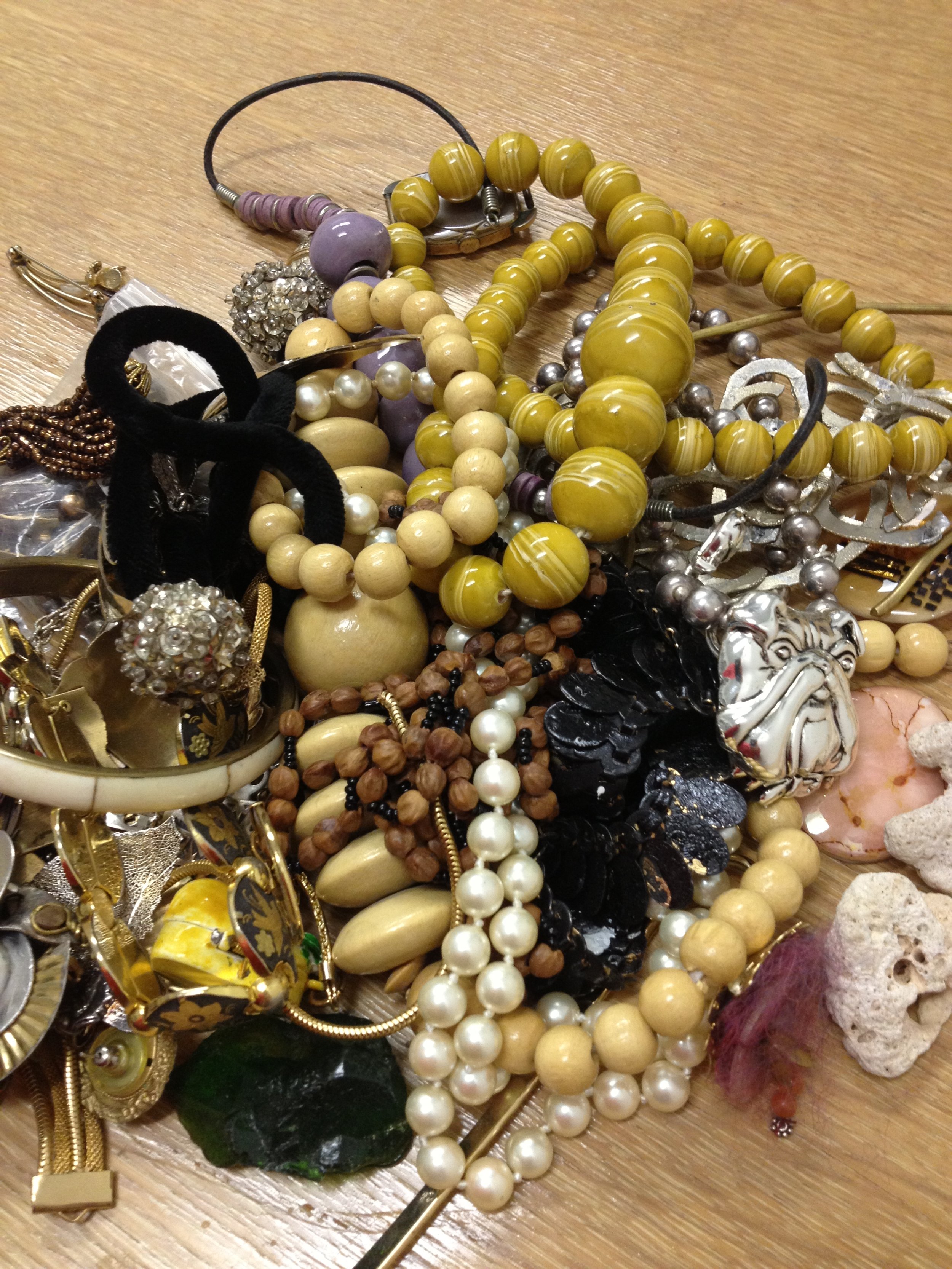Kathleen Kennedy is an artist and educator currently living in Richmond, VA. She received her BFA from Virginia Commonwealth University, and her MFA from the University of Wisconsin – Madison. Kennedy is an Instructor and Metals Area Coordinator for the Department of Craft/Material Studies at Virginia Commonwealth University (VCU). She has also taught as an Instructor at Montgomery College in Maryland and the Penland School of Craft in North Carolina. She is a member of the advisory council for the Ethical Metalsmiths and currently serves as Co-Director of Radical Jewelry Makeover, an international jewelry mining and recycling project that continues to travel across the country and abroad. Kennedy’s work explores the value of common objects. Recent exhibitions include the Virginia Museum of Contemporary Art, VA, the Tacoma Art Museum, WA, and Contemporary Craft, Pittsburgh, PA.
How have you been influenced by the project?
In the spring of 2007 I was a 21-year-old junior at VCU. I was just beginning to get a picture of what it meant to be an artist, have a studio practice, and what the jewelry world looked like. Enter Susie Ganch and Christina Miller with their project Radical Jewelry Makeover. In this one week I learned so much, the way I made and thought about art changed through this experience. I can’t imagine my studio practice today without being a part of RJM. Not only did it give me a passion for using ethically sourced materials, but it also gave me a new perspective on where materials come from and where they might go in the future.
How are creative license, personal safety, environment, and social responsibility factored in to your choices?
My studio practice places personal safety upon a very high pedestal. I only have this one body, one pair of eyes, one pair of lungs...one large intact piece of very sensitive skin...and I intend to take care of it. I work in well-ventilated areas. I wear eye protection often, a respirator that I have had fitted to my face, and protective gloves when I need to. these things help me to protect myself. I am also very aware of the need to protect the environment with my choices of materials and processes in my practice. I wish I could say that I always use environmentally friendly materials and processes, but the truth is that not everything I do is super great for the planet. I try to keep those things to a minimum, but they still occasionally exist in my practice. However, when those things (i.e. plastics, acids, and toxic fumes) are present in my working space/work I take every care to handle them and dispose of them in a proper and safe manner.
How do you weigh what techniques and materials you will use?
The techniques and materials I use in my practice are used to implement a certain idea. I often remind myself that just because I can, doesn’t mean that I should. Materials and/or processes often inspire me, but I try to make them follow the idea. It is also very important to me that I know I have gotten my materials from ethical sources, when it comes to precious metals, like silver, I only use recycled materials.
How do you anticipate future uses for the materials that you are using?
I hope that if these pieces are able to find a home, that they will live their lives as an often work piece of jewelry, and when the day comes that they are no longer wanted that they return to the RJM cycle. Radical Jewelry Makeover not only brings awareness to mining practices, but to the recycling of objects in our everyday lives. This project allows new breath to be placed into an unwanted “artifact.” I love the idea of these pieces of jewelry (aka: our raw materials) being forever recycled and reincarnated into new pieces of art by different people, in different places, at different times. If at one point in this material’s life it finds a home in a certain state it may stay that way, but until then it will continue to travel and find itself in many different forms before its journey comes to an end.
Will a jeweler in the future be able to reuse your piece by disassembling or melting down the metal?
I believe so. I try to make things that can be disassembled and re-appropriated with minimal loss. I use prongs and tabs to set things into the piece, while I try and avoid the use of cast-able resins and plastics.
































